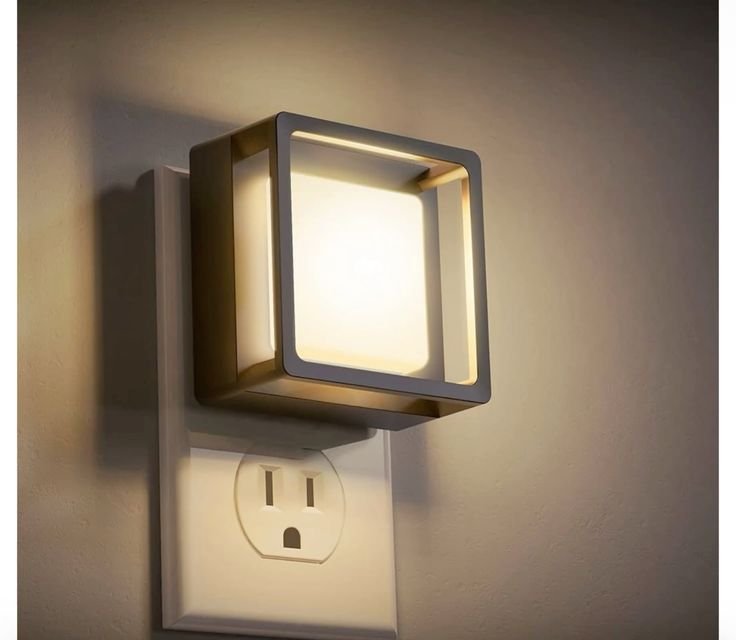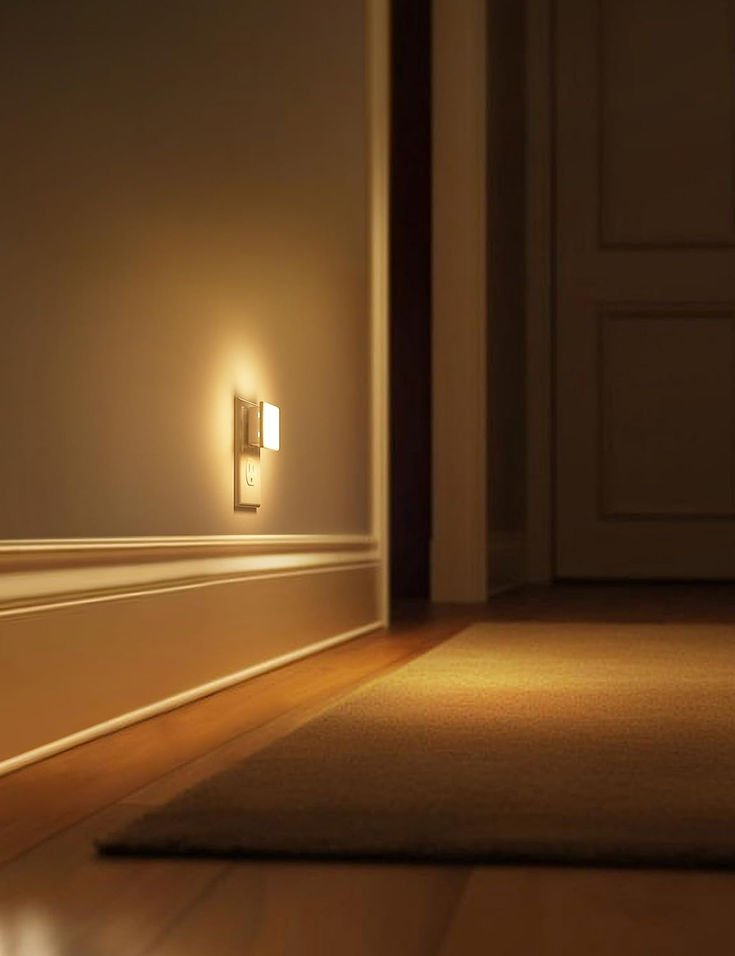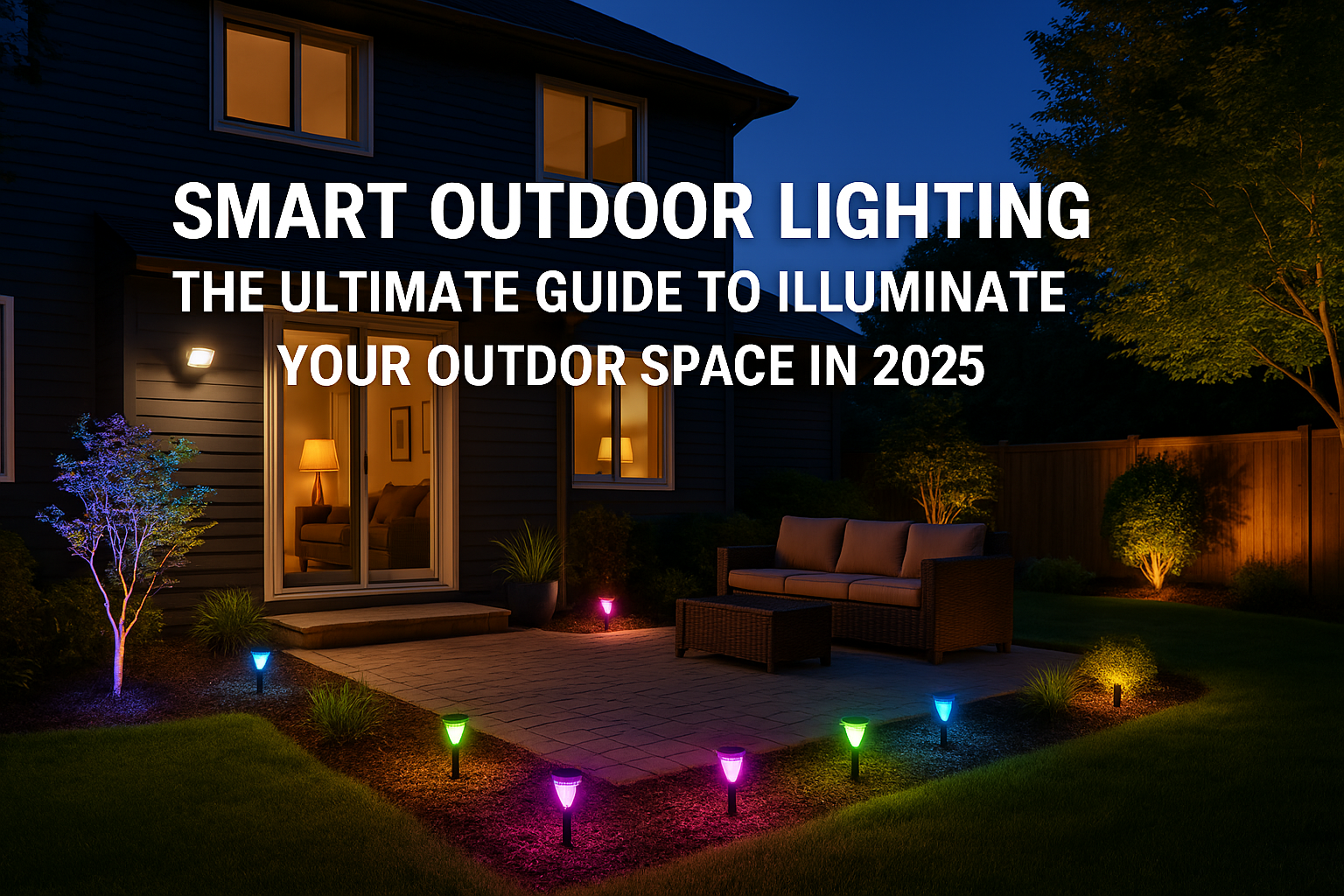How to Schedule Your Lights with Motion and Ambient Light Sensors

Creating a smart home that’s efficient and convenient doesn’t have to be complicated. Smart light scheduling is one of the simplest ways to start. By combining motion sensor lighting with ambient light sensor setup, you can automate your home’s lighting to save energy, improve comfort, and add a little tech magic to your daily life. Whether you’re looking to dim the lights when the sun sets or turn on the hallway light only when you walk by, this guide will take you from beginner to pro.
What Are the Benefits of Scheduled Lighting with Sensors?
Scheduling your lights with motion and ambient light sensors offers plenty of perks:
- Energy efficiency: Lights only turn on when they’re needed, making smart light scheduling an eco-friendly option for reducing electricity bills.
- Convenience: Say goodbye to fumbling for light switches. Automation means your lights respond to your presence and environment.
- Personalized comfort: By setting up smart lighting routines, you can tailor your home’s ambiance to match your lifestyle, whether you’re hosting friends or winding down for bed.
- Security: Motion sensor lighting can act as a deterrent for intruders by illuminating outdoor spaces when movement is detected.
Now that you know why it’s worth it, let’s explore how to make it happen.
What You Need to Get Started
Before you jump into smart home scheduling, gather these essential tools:
- Motion sensors
- Ambient light sensors
- Smart lights (compatible with your sensors and smart home system, such as Philips Hue or LIFX bulbs)
- Smart home hub or voice assistant (e.g., Alexa, Google Home, or Samsung SmartThings)
- A smartphone or tablet with the corresponding app for your smart devices
Once you have these items, you’re ready to start automating your lighting.
How Motion Sensors Work with Scheduling

Motion sensors are the backbone of smart light automation. Here’s how they function in your setup:
- Detection: The motion sensor monitors an area for movement using infrared technology. Once it senses motion, it sends a signal to the lights to turn on.
- Scheduling: By adding schedules, you can limit when the sensor activates the lights. For example, you might program hallway lights to turn on only after sunset.
Integrating motion sensors into your setup reduces unnecessary power usage while keeping your home functional.
How Ambient Light Sensors Adjust Based on Natural Light
Ambient light sensors detect the amount of natural light in a room. Why is this important? Because there’s no need to waste electricity when natural light is sufficient. Here’s how they enhance your smart lighting routines:
- Brightness adjustments: Lights adjust based on the amount of daylight present. For example, lights can brighten on cloudy days or dim during sunny afternoons.
- Dynamic scheduling: Combine ambient light information with your motion sensor lighting setup to create smart lighting routines that feel natural. For instance, your kitchen lights only activate on gloomy mornings when motion is detected.
Step-by-Step Guide to Set Up Smart Light Scheduling
1. Choose the Right Sensors and Lights
Select sensors and lights compatible with your preferred smart home system. Popular brands like Philips Hue and Lutron offer reliable options, and systems like Alexa and Google Home allow seamless integration.
2. Install and Connect Devices to Your Smart Home System
- Position motion sensors in high-traffic areas (e.g., hallways, bathrooms) at about chest height for accurate detection.
- Place ambient light sensors where they can reliably detect natural light without obstruction.
- Use your smart home app to pair your sensors, lights, and hub. Most apps provide step-by-step instructions and are user-friendly for beginners.
3. Set Up Schedules and Triggers
Here’s where the magic happens!
- Use your app (e.g., Alexa Routines, Google Home automations, or SmartThings) to program when and how your lights should behave.
- Example: Create a routine so your living room lights only activate when motion is detected and the room is dark.
4. Test and Adjust Based on Preferences
Test your setup to ensure everything works as planned. Adjust motion sensor sensitivity, brightness levels, and schedules as needed to perfect your smart lighting routines.
Best Rooms to Use This Setup
Some areas of your home benefit from motion sensor lighting and ambient light sensor setup more than others. Consider these spots:
- Hallways: Lights activate as you walk through, especially at night.
- Bathrooms: Get light without touching switches during late-night trips.
- Entryways: A smart way to welcome you or your guests home.
- Outdoor areas: Keep your yard or porch illuminated for safety and security.
- Living rooms: Adjust brightness based on natural light for optimal comfort.
Tips for Optimization
Here’s how to get the most out of your lighting automation system:
- Prevent false triggers: Position motion sensors away from pets, windows, or heat sources to avoid unnecessary activations.
- Combine with voice assistant routines: For example, use Alexa light automation to dim lights during movie time via a voice command.
- Use a dedicated app for smart home scheduling: Apps like Google Home or SmartThings make it easy to tweak your settings on the go.
- Experiment with automation layers: For instance, create a bedroom routine where lights dim at 9 PM and turn off completely by 11 PM if no motion is detected.
Final Thoughts
Starting your smart home lighting journey doesn’t have to be overwhelming. By using motion and ambient light sensors, you can enjoy an energy-efficient lighting system tailored to your unique needs. Begin with one or two rooms, experiment with smart light scheduling, and watch as your home transforms into a smarter, more comfortable space.
FAQs
Can motion and ambient light sensors work together for lighting schedules?
Yes! Motion sensors detect movement, while ambient light sensors adjust based on natural light. Together, they create an efficient and automated lighting system perfect for any space.
Do I need Wi-Fi to schedule smart lights?
Most smart lighting systems require Wi-Fi to connect to your home network and allow remote control. However, some systems may use Bluetooth or Zigbee for local control.
What app should I use to schedule my smart lighting system?
Popular apps for smart lighting schedules include Alexa, Google Home, SmartThings, and proprietary apps from brands like Philips Hue. Choose an app that works with your selected devices.
